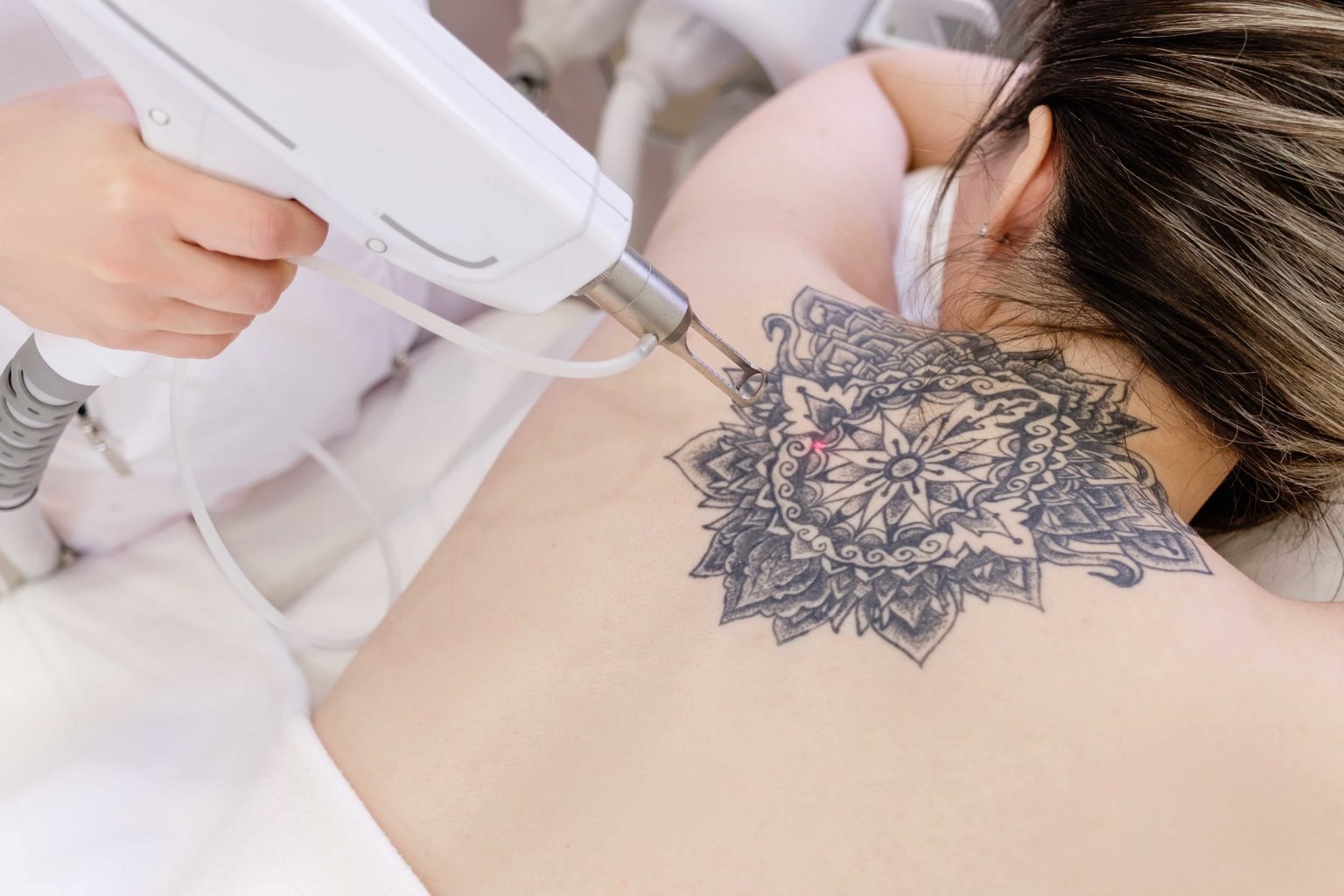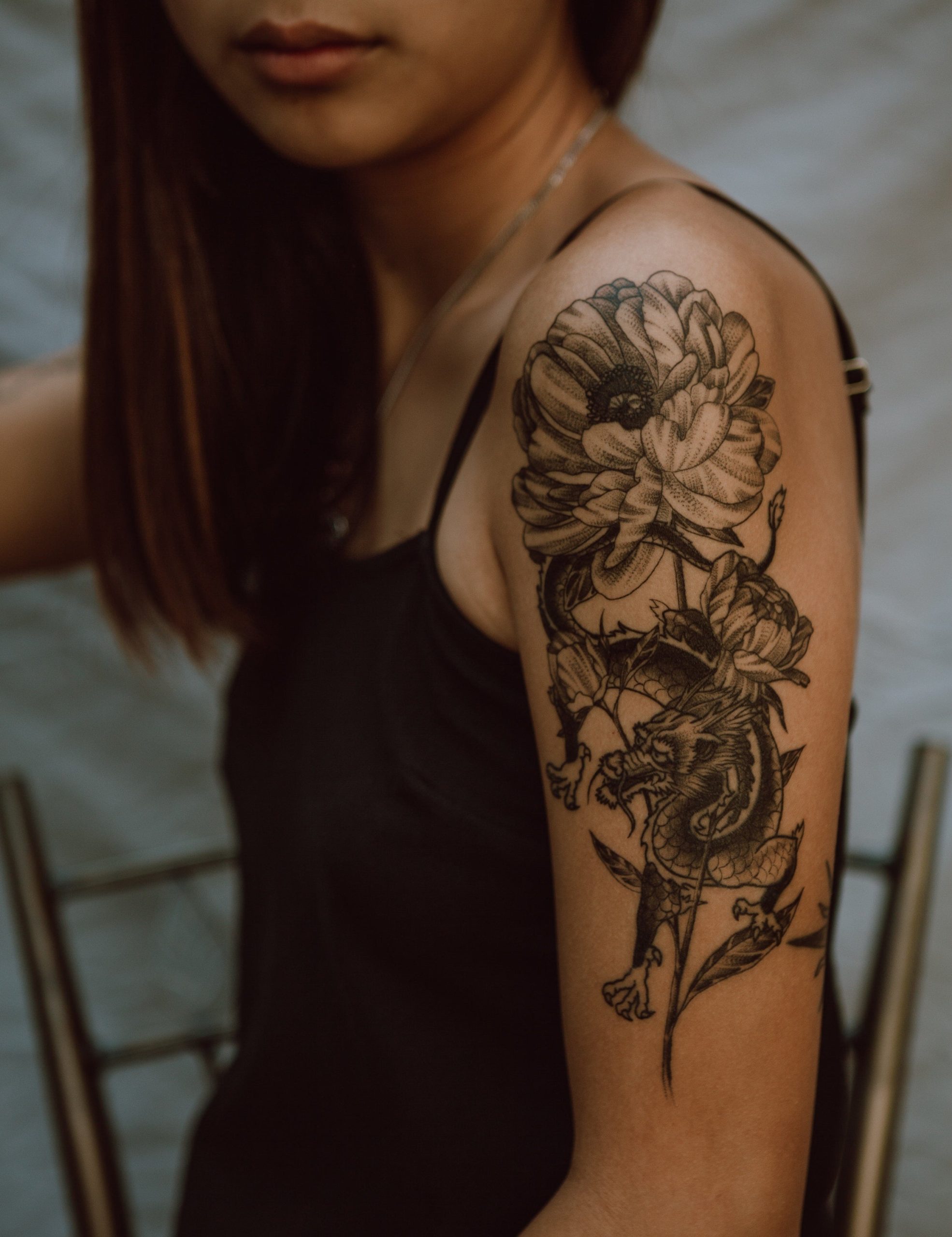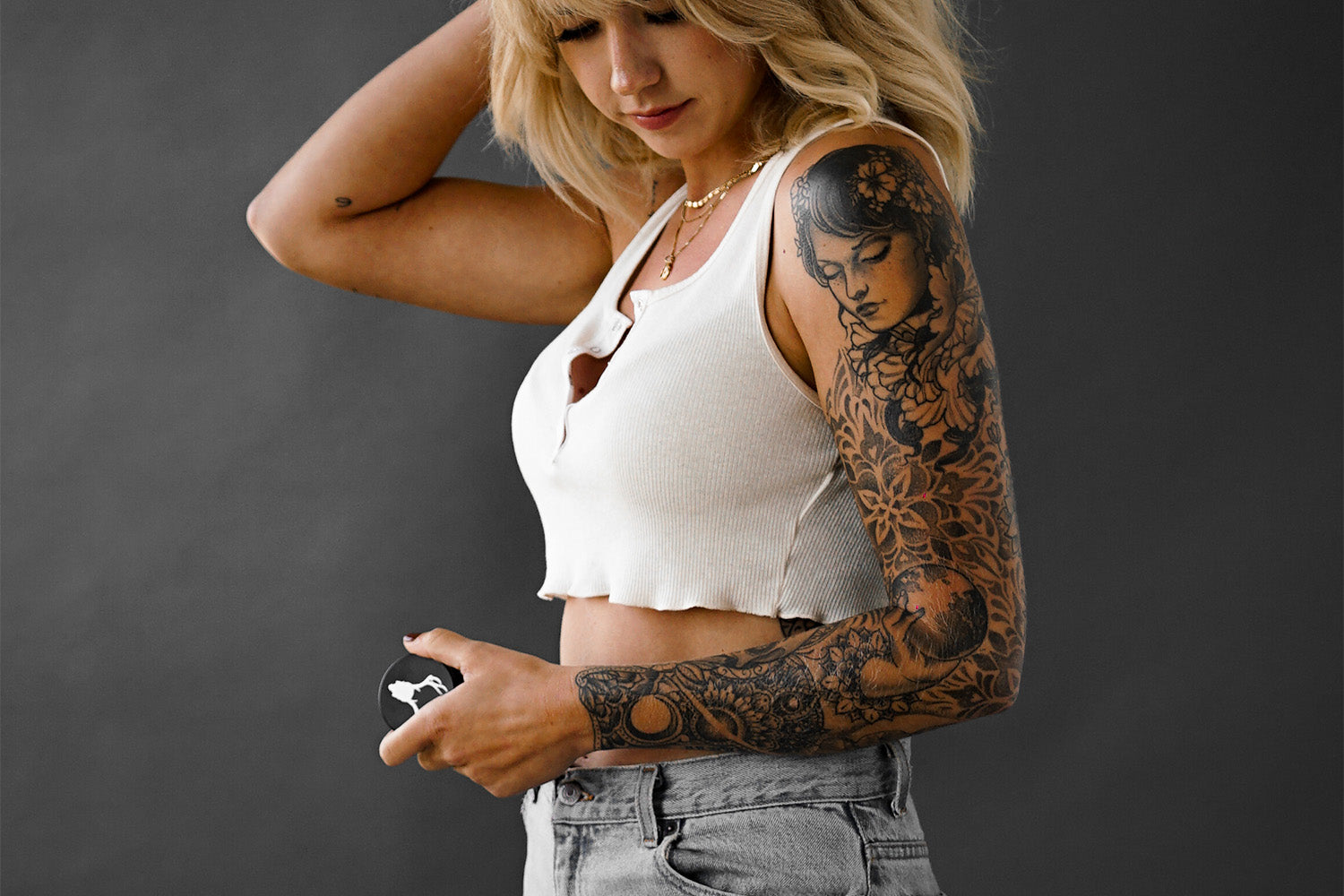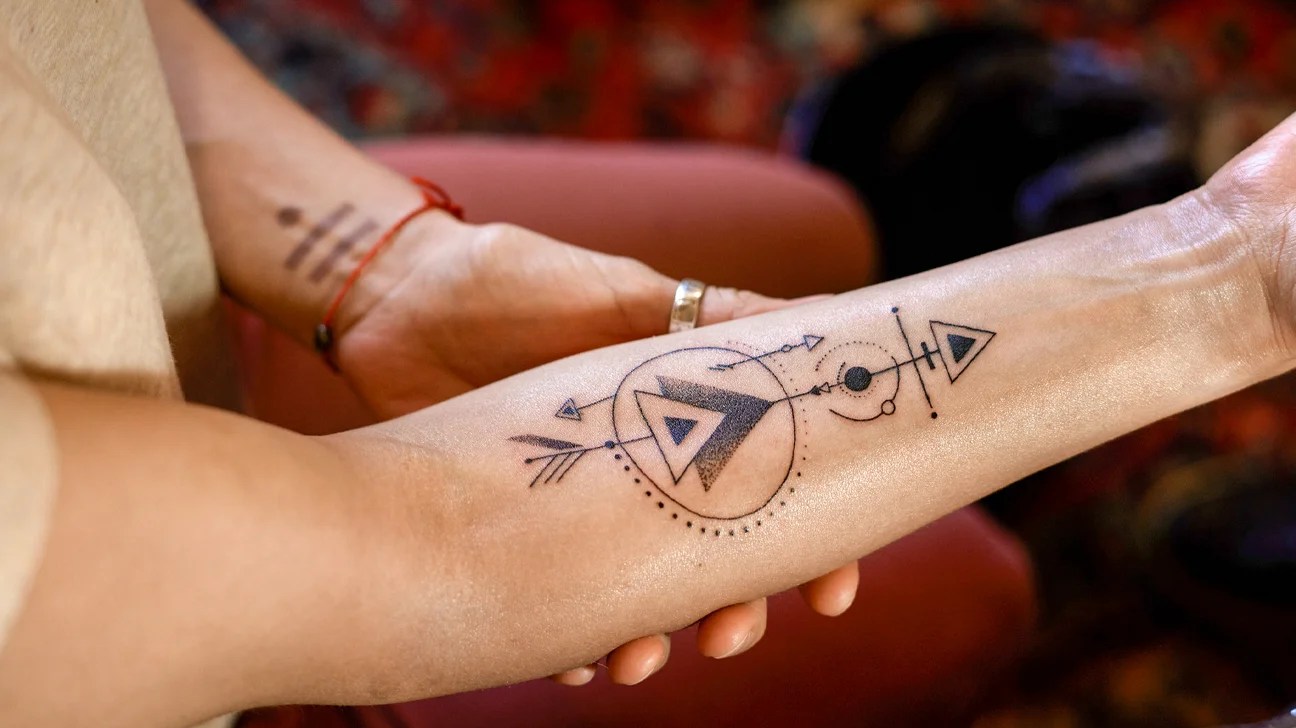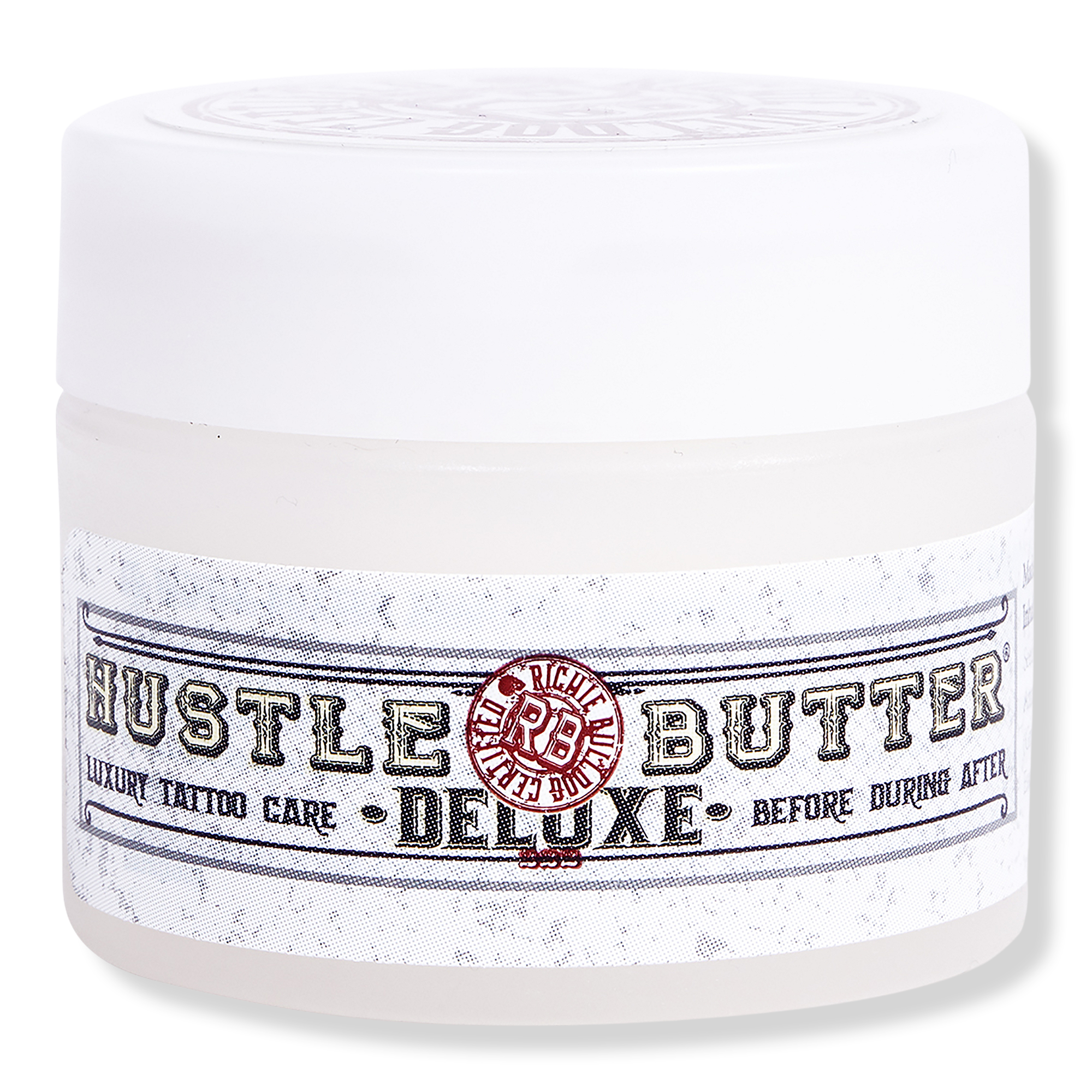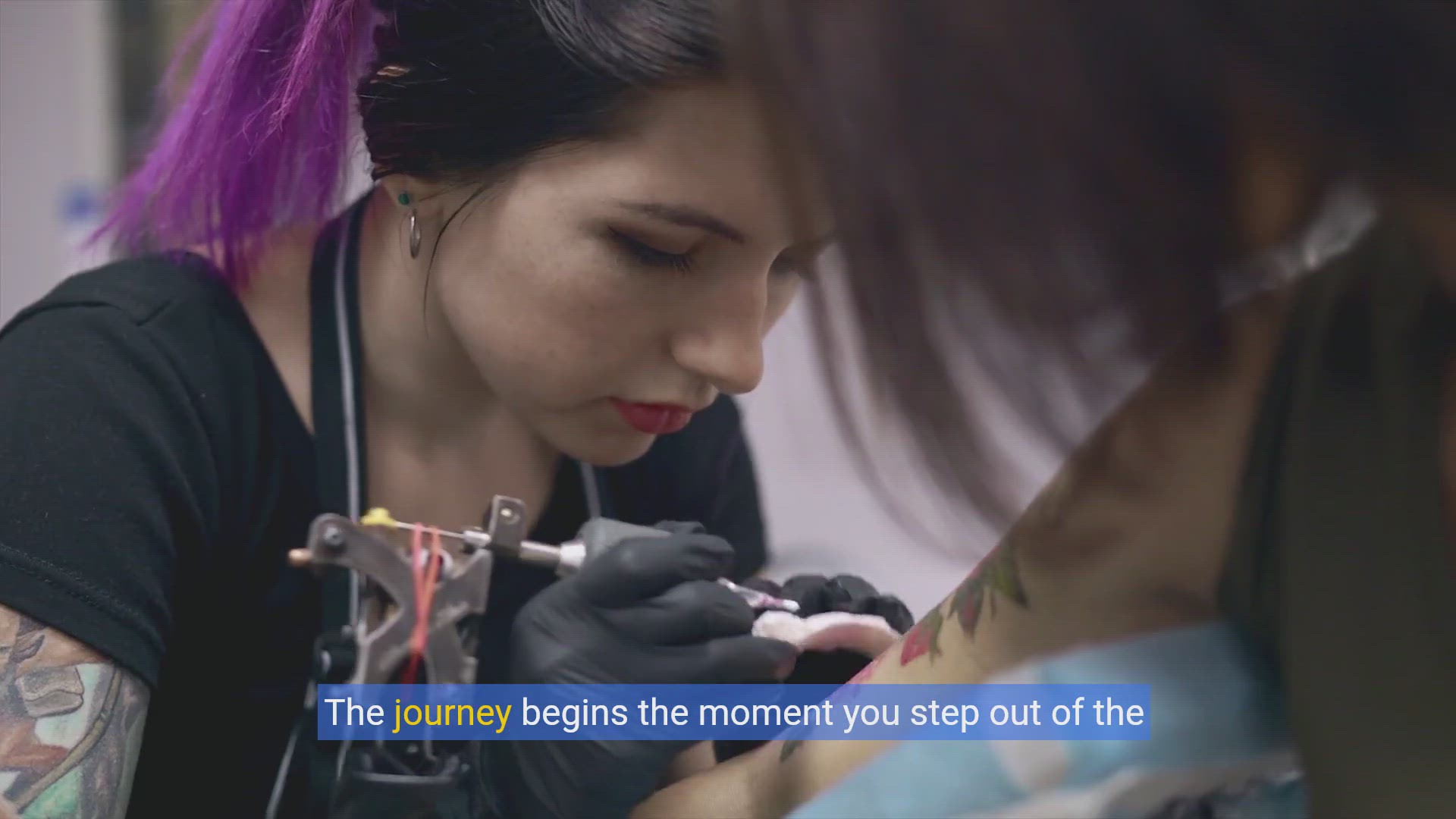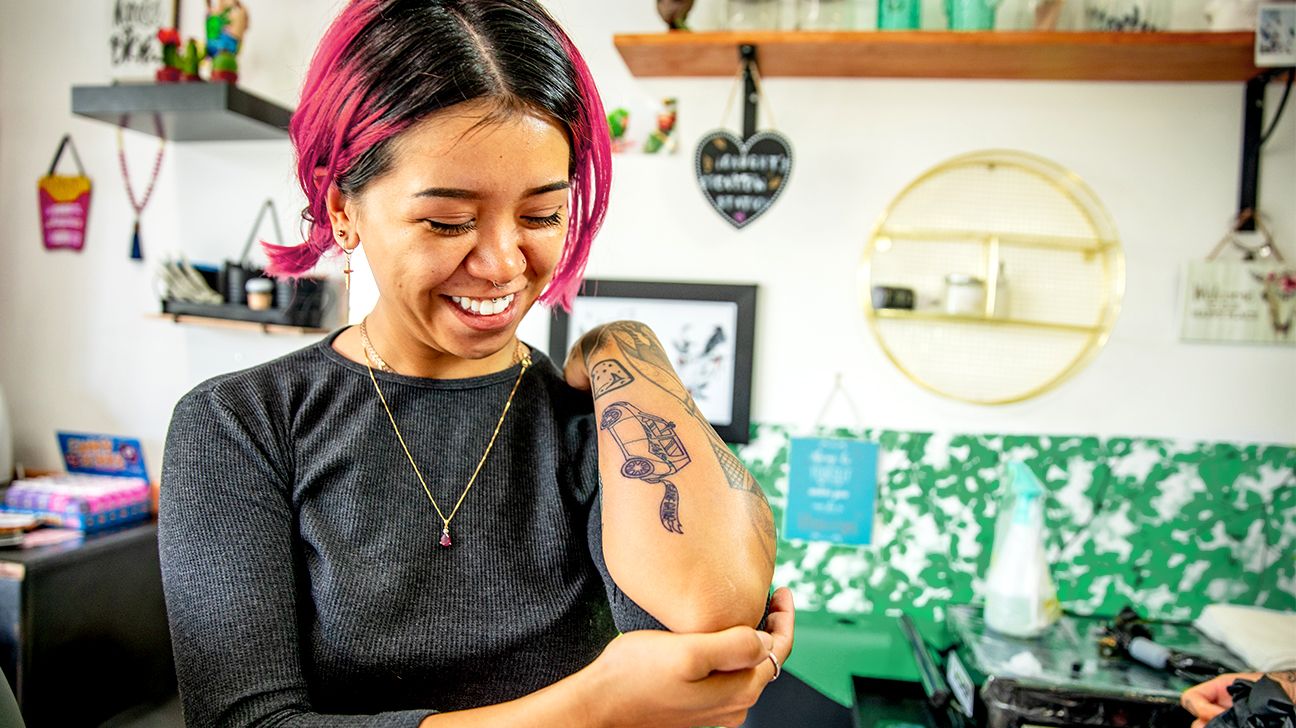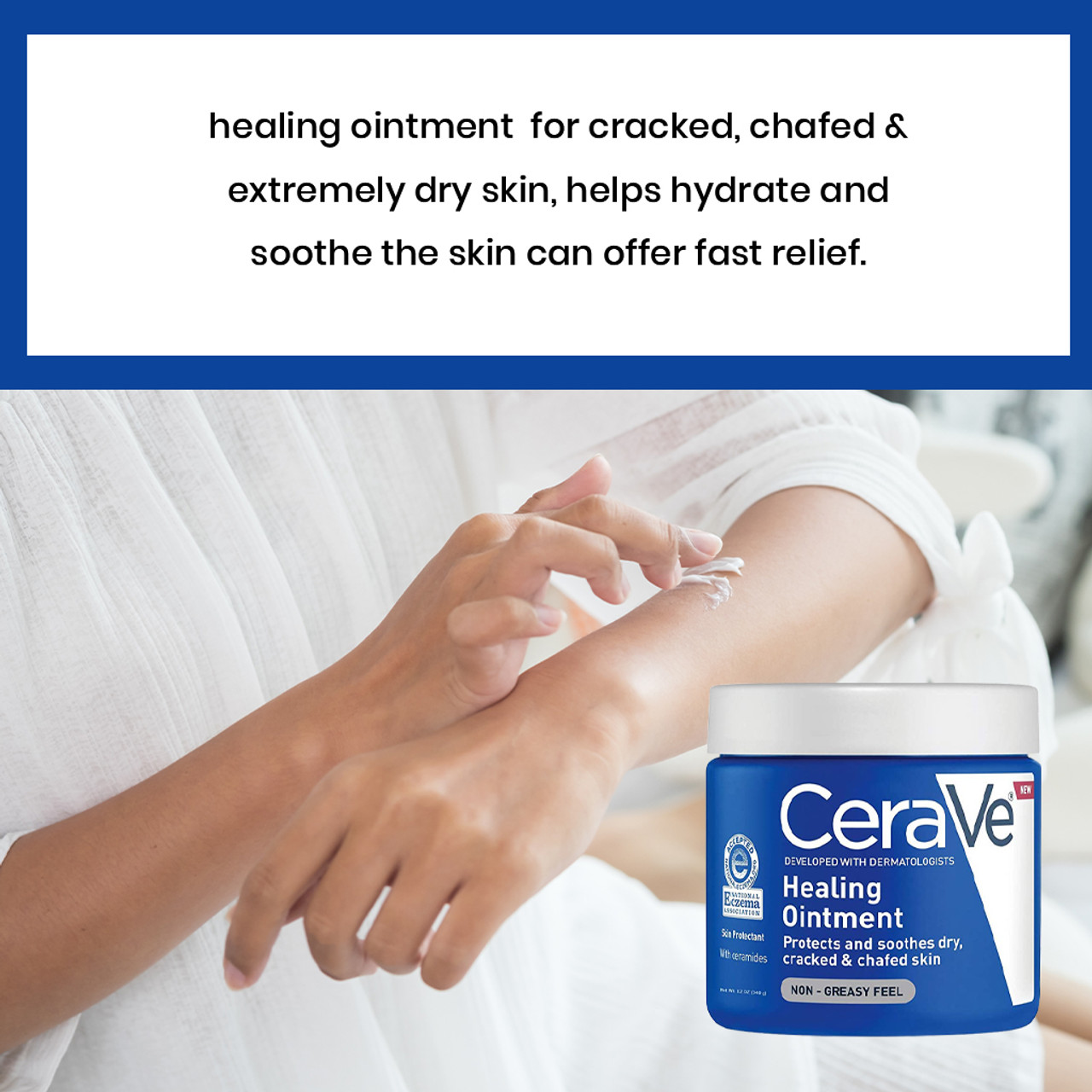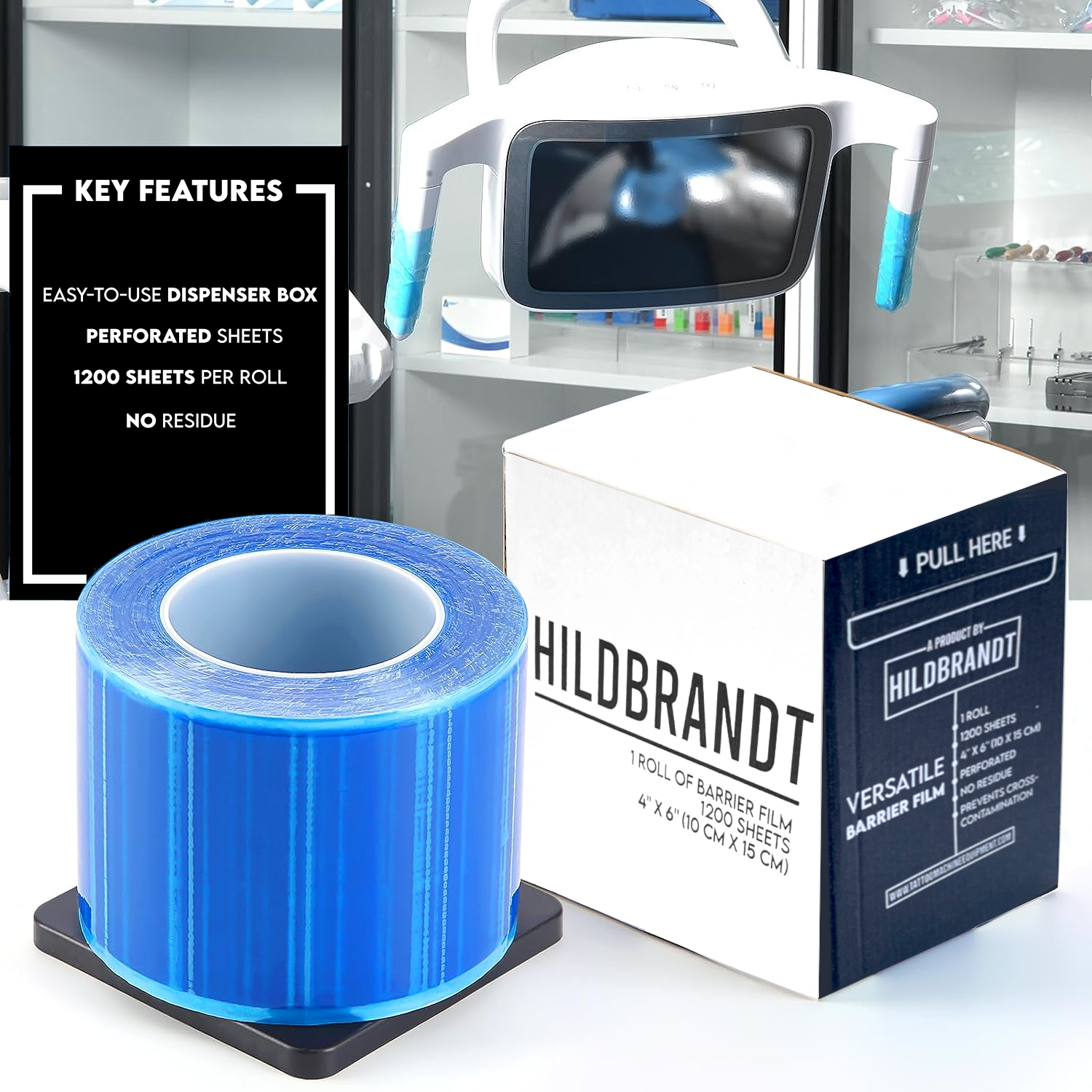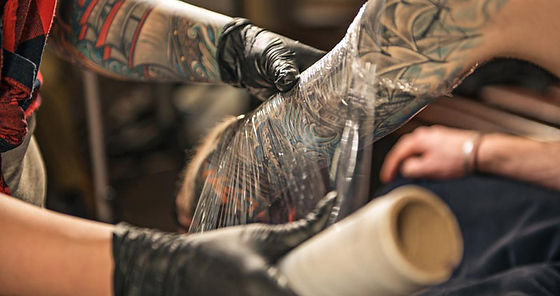– Pegasus Pro tattoo creme is specifically imported from Germany
– Price of the tattoo creme is $25.00
– The creme is optimized for tattoo aftercare
– It has a soft consistency suitable for sensitive skin
– The creme is vegan
– It is beneficial for all tattoos, whether new or old
– The lower water content helps minimize pigment loss
– It gently soothes and protects the tattoo
– It is recommended to apply a thin coat of the Panthenol formula several times a day
– Ingredients include Aqua, Petrolatum, Panthenol, Sorbitol, Ozokerite, Hydrogenated Castor Oil, Caprylic/Capric Triglyceride, Sodium Lactate, Glyceryl Isostearate, Polyglyceryl-3 Oleate, Oryza Sativa Bran Oil, Magnesium Sulfate, Sorbic Acid, Lactic Acid, Aloe Barbadensis Leaf Extract, Tocopherol, Hydrogenated Palm Glycerides Citrates, Yeast Beta-glucan, Phenethyl Alcohol
– Aveeno’s Daily Moisturizing Lotion: Contains colloidal oatmeal and dimethicone, moisturizes and calms inflammation, free of parabens and fragrance, suitable for all skin types, size: 18 ounces, price: $10.67
– Billy Jealousy Tattoo Lotion: Contains shea butter, sunflower seed oil, jojoba, and green tea extract, helps keep tattoos looking fresh and bright, has a lavender-rosemary fragrance (may trigger skin reaction), size: 8 ounces, price: $45 (8 oz for $10)
– Hustle Butter Deluxe Luxury Tattoo Care & Maintenance Cream: Made with clean, natural ingredients, moisturizes and seals tattoos, vegan and cruelty-free, comes in a variety of sizes, screw top container, price not mentioned in the article
– Stories & Ink Tattoo Care Daily Moisturizer: Active ingredients: Shea, mango, and aloe butter, suitable for all skin types, size: 5 ounces, does not contain SPF
– Mad Rabbit Repair Soothing Gel: Active ingredients: Glycerin, coconut oil, vitamin E, algae extract, suitable for all skin types, size: 6.8 ounces, does not contain SPF
– H2Ocean Aquatat Moisturizer: Active ingredients: Shea and cocoa butters, aloe vera, vitamin C, argan oil, suitable for all skin types, size: 3.4 ounces, does not contain SPF, petrolatum-based and fragrance-free
– Tattoo Goo Balm: Contains hydrators sourced from the earth, such as beeswax and olive oil, vitamin E and vitamin B5, moisturizes ink, prevents scabbing, speeds up healing without clogging pores, priced at $7 for a 0.75-ounce size
– After Inked Tattoo Moisturizer and Aftercare Lotion: Plant-derived, all-natural option enriched with shea butter and grape seed oil, moisturizing, enhances tattoo vibrance, does not contain petroleum jelly, mineral oil, or synthetic preservatives, priced at $18.69 for a 3-ounce size
– Pure coconut oil: Known for treating wounds and skin ailments, inexpensive option, but may make clothes greasy
– Tattoo healing stick: Convenient for travel, packed with grape seed, sweet almond, and argan oils to moisturize and heal the skin, comes in a small 0.5 ounce container, priced at $35
– Healing balm: Can be used for various skin conditions, including new tattoos, short ingredient list, hydrating, comes in different sizes, priced at $24 ($7.59 for 0.17 oz)
– Tattoo-friendly sunscreen: Provides instant protection without leaving a white cast, contains zinc oxide, octinoxate, and octisalate as active ingredients, suitable for all skin types, cruelty-free, priced at $12.35 for a 4 fl oz bottle
– Lubriderm Daily Moisture Lotion: Not recommended for tattoo aftercare, but can be used once the tattoo has healed, suitable for dry skin, not cruelty-free, priced at $9 for a size of 16-24 ounces.
